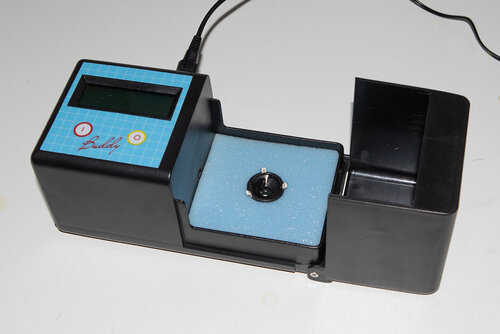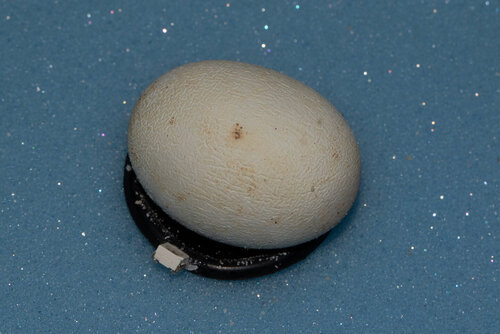Alexl
Avid Member
Hi everybody,
I have been using the Egg Monitor Buddy Mk2 by Avitronics for a long time to measure the pulse rate in eggs, most recently on two Calumma parsonii parsonii clutches. I've only found two, three breeders who have experience with it or have used the Egg Monitor before. It's a UK product, so I thought it might be more spread in Europe. It's obviously not, unfortunately. Does anyone use the Buddy Mk2 regularly for their chameleon clutches? If so, for what species?
I'm trying to write an article about using the Egg Monitor with chameleon clutches. Average pulse frequencies of species other than those mentioned above would be great. Otherwise, I'm also happy about experiences in handling, because there are some problems with the Parson's eggs regarding the reliability of the measurement, "moving" embryos and physiological vs. stressed pulse frequencies.


I have been using the Egg Monitor Buddy Mk2 by Avitronics for a long time to measure the pulse rate in eggs, most recently on two Calumma parsonii parsonii clutches. I've only found two, three breeders who have experience with it or have used the Egg Monitor before. It's a UK product, so I thought it might be more spread in Europe. It's obviously not, unfortunately. Does anyone use the Buddy Mk2 regularly for their chameleon clutches? If so, for what species?
I'm trying to write an article about using the Egg Monitor with chameleon clutches. Average pulse frequencies of species other than those mentioned above would be great. Otherwise, I'm also happy about experiences in handling, because there are some problems with the Parson's eggs regarding the reliability of the measurement, "moving" embryos and physiological vs. stressed pulse frequencies.





